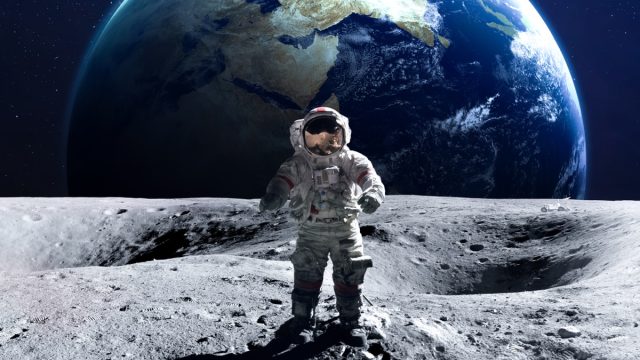
On the heels of the launch of its Artemis I rocket, NASA says that humans will be living and working on the moon within a decade. "Certainly, in this decade, we are going to have people living for durations, depending on how long we will be on the surface. They will have habitats, they will have rovers on the ground," Howard Hu, the head of the Orion lunar spacecraft program, told the BBC on Sunday.
"We are going to be sending people down to the surface, and they are going to be living on that surface and doing science." Read on to find out more about when that might happen and what needs to occur before humans set foot on the moon for the first time since 1972.
RELATED: The 10 Most "OMG" Science Discoveries of 2022
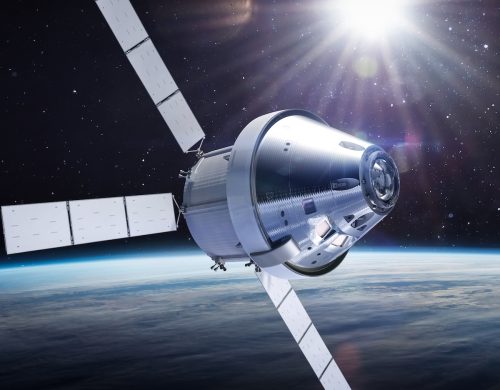
The unmanned Artemis I began a 26-day mission this month, blasting off from Kennedy Space Center in Cape Canaveral, Florida. At its tip, Artemis I contains a gumdrop-shaped capsule called Orion, which is intended to be the crew compartment in future manned missions. Orion is carrying a set of mannequins that represent astronauts, outfitted with multiple sensors that will report various flight conditions and gauge radiation levels. It's a step toward sending humans to the lunar surface.
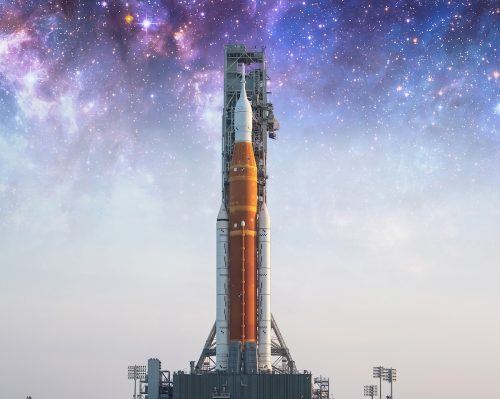
Artemis will fly within 60 miles of the moon's surface, remain in its orbit for a few weeks, then return to Earth, splashing down in the Pacific Ocean on Dec. 11. It will launch 10 miniature satellites, called CubeSats, which will assess conditions on the moon, providing valuable information for future landings and facilities built on the surface.
"It's the first step we're taking to long-term deep-space exploration, for not just the United States but for the world. I think this is a historic day for NASA, but it's also a historic day for all the people who love human space flight and deep-space exploration," Hu told the BBC. "We are going back to the moon. We're working towards a sustainable program and this is the vehicle that will carry the people that will land us back on the moon again," he added.
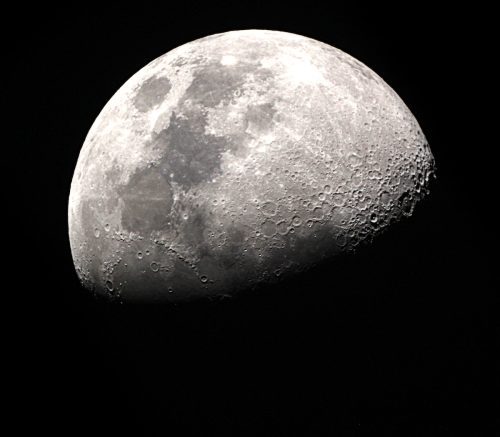
Hu told the BBC that the Artemis mission was proceeding well. All systems were working, and the mission team was preparing for the firing of Orion's engines to put the spacecraft into the moon's orbit. Hu told the BBC that watching the Artemis mission from Earth was like being an anxious parent. Seeing the images and the videos coming back from Orion "really gives that excitement and feeling of, 'wow, we are headed back to the moon,'" he said.
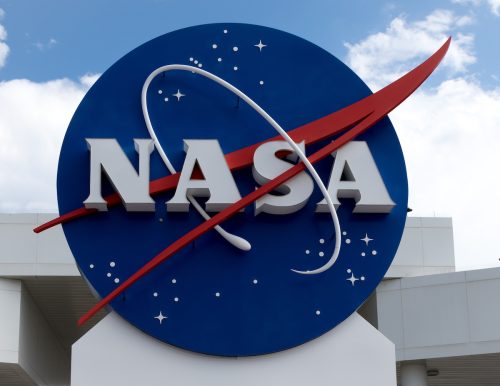
The current mission is slated to be followed by Artemis II and Artemis III missions in 2024 and 2025, respectively. Artemis II will launch four astronauts in the Orion spacecraft on an expedition around the moon. In 2025, Artemis III will include the first woman and the first person of color to land on the moon—the first time humans have walked on the moon since 1972.
And NASA's sights are set even further. "Moving forward is really to Mars," Hu told the BBC. "That is a bigger stepping stone, a two-year journey, so it's going to be really important to learn beyond our Earth orbit."
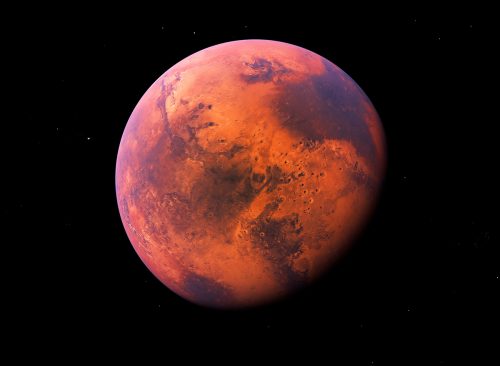
President Obama set a goal of landing humans on Mars by 2033, and NASA is proceeding along that timeline. Last week, a heat shield designed to slow a manned spacecraft enough to allow it to land on Mars—known as LOFTID—survived re-entry into the Earth's atmosphere during a test flight. Its project manager told CNN it was "a huge success."














